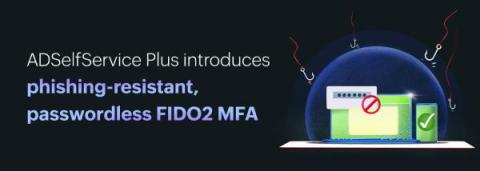Salt Security Addresses Critical OAuth Vulnerabilities Enhancing API Security with OAuth Protection Package
OAuth is an important part of modern authorization frameworks, granting access to resources across different applications easily. However, vulnerabilities in OAuth implementations can create significant security risks. Following research released by Salt labs that uncovered critical vulnerabilities in the world's most popular authorization mechanism, Salt has released a multi-layered protection package to detect attempts to exploit OAuth and proactively fix the vulnerabilities.










